Exploring Tokyo 2: Around the Tokyo Imperial Palace
by Sean, staff writer of japan-guide.com
| previous post |
| next post |
2013/08/07 - Exploring Tokyo 2: Around the Tokyo Imperial Palace
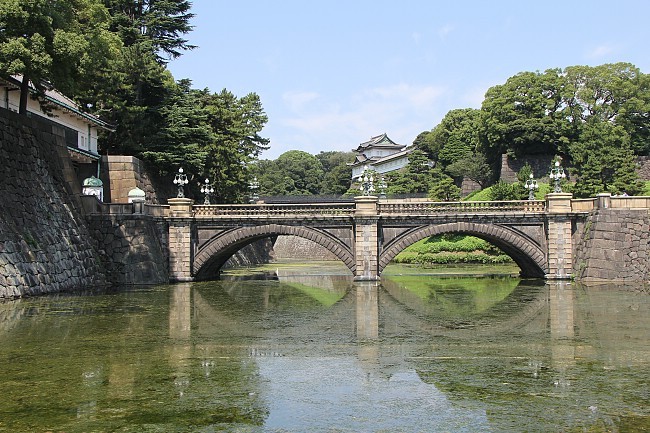
Today I explored the surrounding districts of the Tokyo Imperial Palace, where the old Edo Castle used to stand. People know Tokyo in many ways: perhaps as the capital of Japan, an economic powerhouse, a leader in innovation, a hub of contemporary culture, or a sprawling metropolis with one of the highest population densities in the world. It was here at the former castle where it all started; it was here that this great city was built around. The Imperial Palace was moved here in place of the castle after the Meiji Restoration, while surrounding areas remained prime districts serving important functions till this day.
My walk started east of the palace at Tokyo Station, whose iconic red brick facade on the Marunouchi side was recently given a facelift. The beautiful building is an example of Meiji Period western-style architecture. The black roof tiles were supplied by Ogatsu, a town in Miyagi Prefecture that is famous for producing quality Ogatsu Stone. The tiles miraculously survived when the town was hit by the March 2011 tsunami, just before they were transferred to Tokyo. Here they are today, proudly covering the roof of the station building, inspiring hope for quick recovery in the disaster-affected areas of the Tohoku Region.
Over at the Yaesu side of the station, renovations are still undergoing. The project is called "Gran Roof" which will feature an area with urban green spaces and a nice promenade under, well, a grand roof. The roof is scheduled to be opened to the public on September 20 this year, while renovations to the bus and taxi terminal are scheduled to continue until autumn 2014.
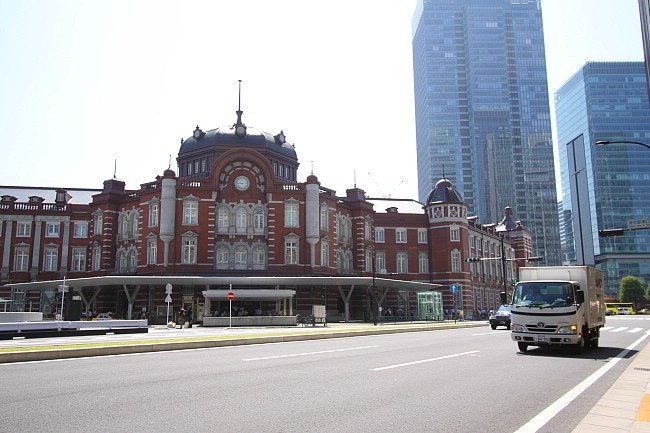
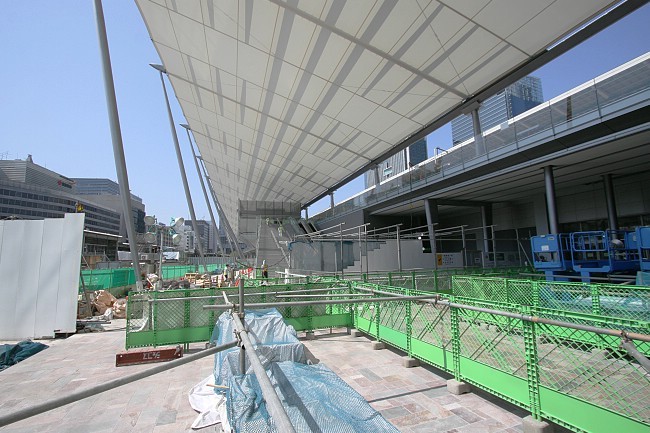
As I headed to the palace, I passed by Marunouchi, the largest financial center in Tokyo. The name "Marunochi" carries with it prestige: if a company bares this name on its address, it would immediately be held in high regard. Many big enterprises have their offices and headquarters located here.
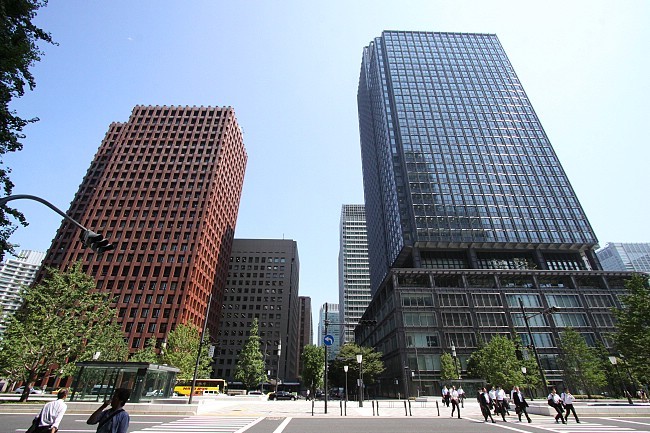
A further five to ten minutes and I was at the palace grounds. The path surrounding the palace is popular for joggers and cyclists, who I heard are supposed to proceed in an anti-clockwise direction. Indeed, today I found about 90% of the people following this rule; let's give the other 10% the benefit of the doubt and assume that they were not aware about it.

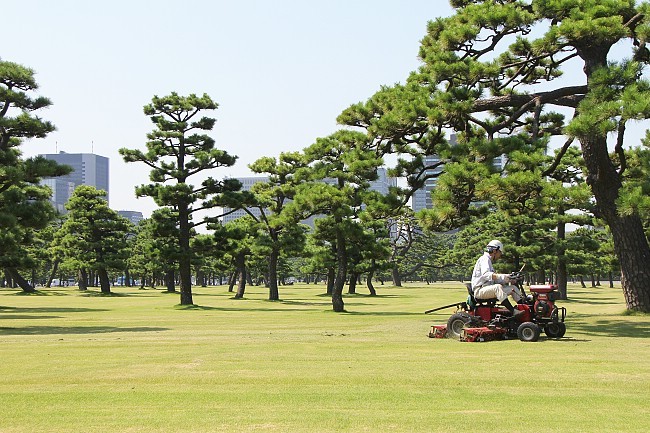
As a walker though, it was ok for me to proceed in a clockwise direction. I went south and stopped at Hibiya Park, a large park with flower gardens, ponds, grass fields, open-air concert halls and a library. Here you can find some dogwood trees that were presents from the US to reciprocate for cherry trees sent to them by Japan. Hibiya Park is also a sister park to Heiwadai Park in Miyazaki Prefecture, which explains for the few haniwa figures that you can see here.

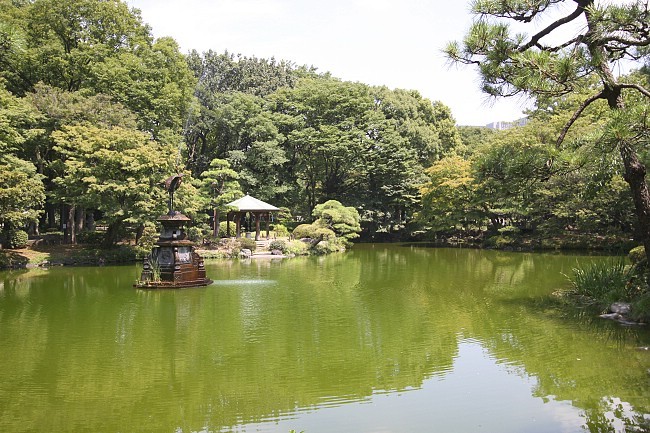
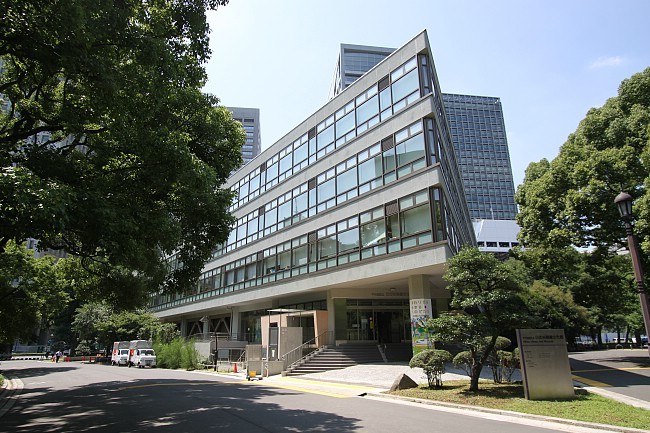
For those who do not already know, the loud ringing sounds coming from the trees in Japan at this time of the year are made by cicada called "Minmin-zemi" in Japanese.
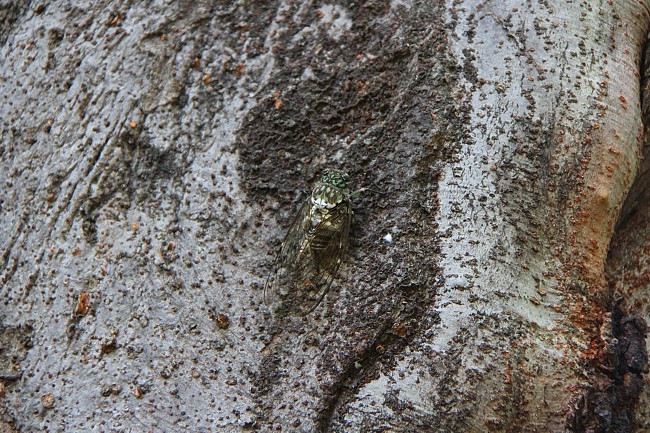
West of Hibiya Park is the Kasumigaseki district - the legislative and administrative center of Japan. Situated here are the buildings of the various governmental ministries of Japan, the Supreme Court, the National Diet and the Prime Minister's Official Residence. I took some time to visit the Ministry of Justice Museum, which is housed in the grand red brick building of the Ministry of Justice. This offers a good opportunity to witness the interior decor of a Meiji Period style building (pictures are prohibited inside). The museum is open to public from 10:00 to 18:00 on weekdays except national holidays.

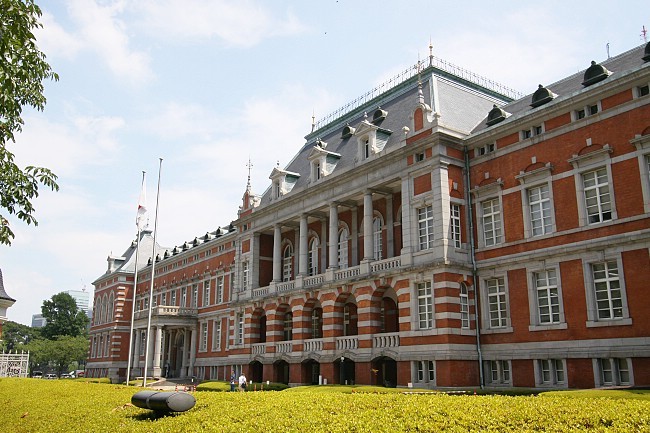
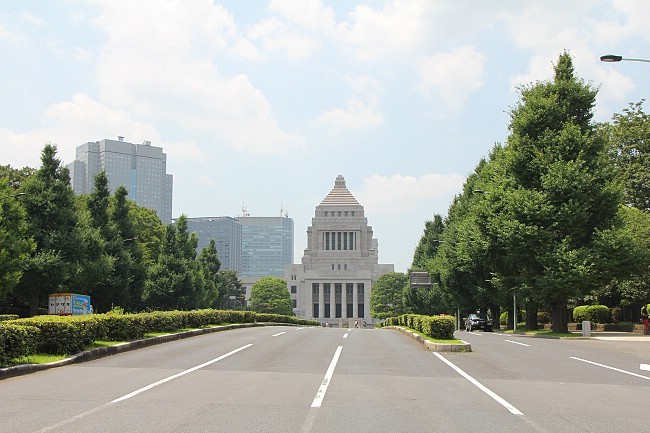
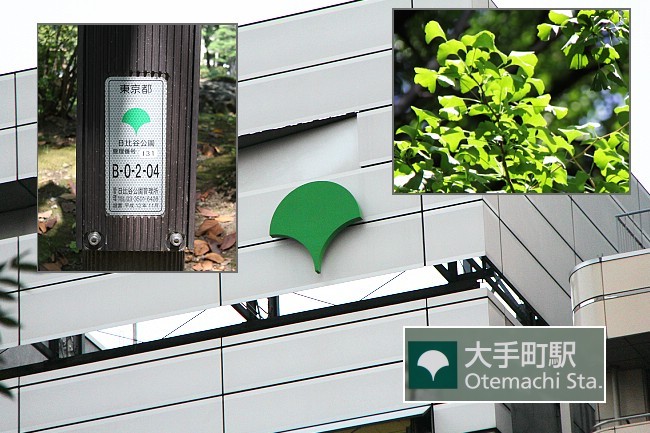
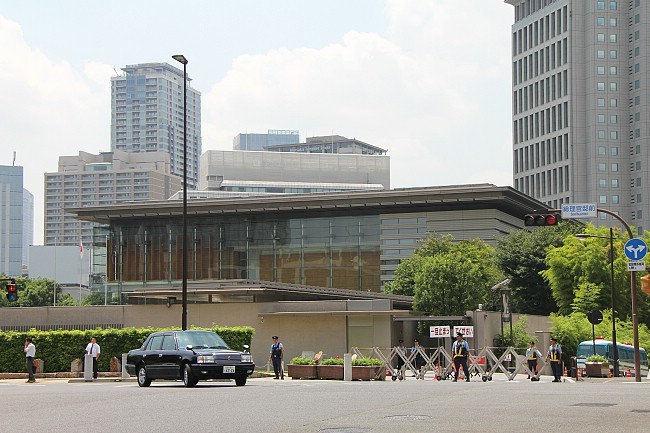
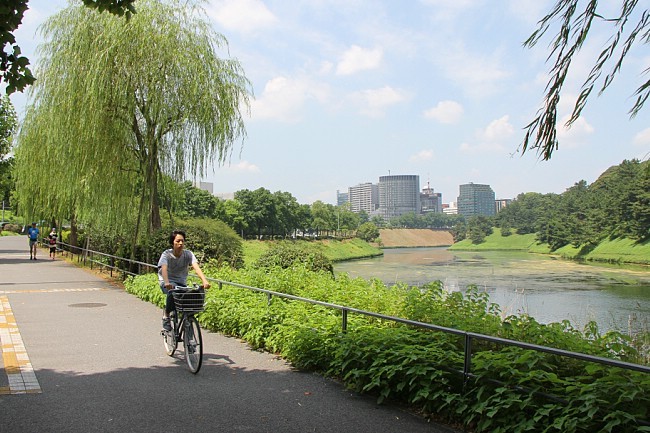
I continued to the west of the Tokyo Imperial Palace and visited the Tokyo National Theater. This is where periodical performances of kabuki, noh and other forms of performing arts are held. There is a kabuki school here which has produced good actors over the years. Interestingly, today I found out that the symbol of the theater illustrates Gigeiten, a Buddhist diety of the arts.
Next, I stopped by the Hanzomon Gate of the palace, which is named after the famous ninja Hattori Hanzo. Beyond the gate lies the Fukiage Park where the Emperor's residence is located, and for obvious reasons entry is not allowed.
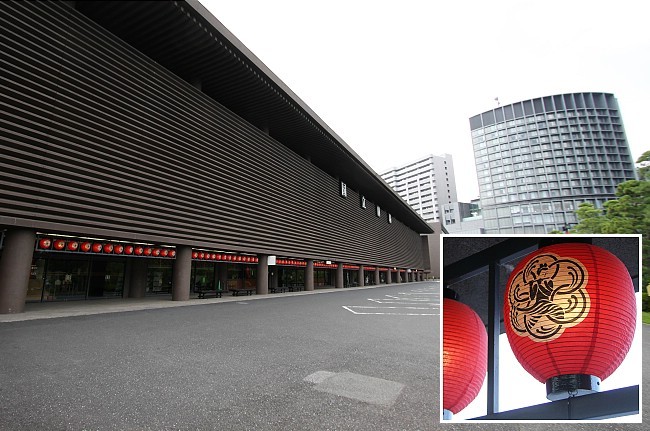

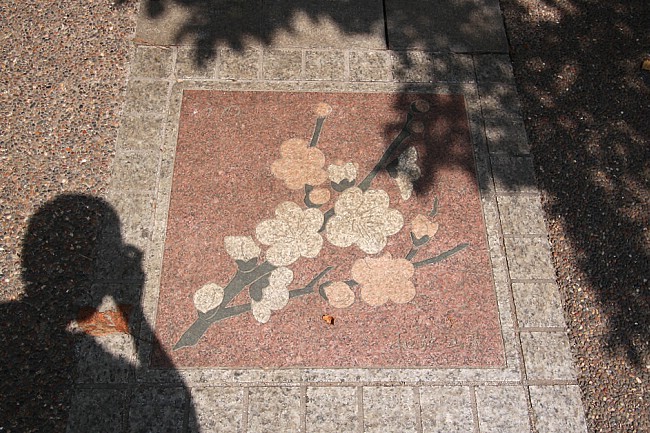
Northwest of the palace is the Chidorigafuchi Moat, a popular cherry blossom spot in spring. Today the cherry trees were green and accordingly there were very few visitors. I circled the moat and entered the palace's Kitanomarukoen Park through the Tayasumon Gate. The park is home to several facilities such as the Nippon Budokan stadium and the National Museum of Modern Art. There were several paths leading through greenery at the park; the trees providing welcomed shade on this hot summer afternoon.
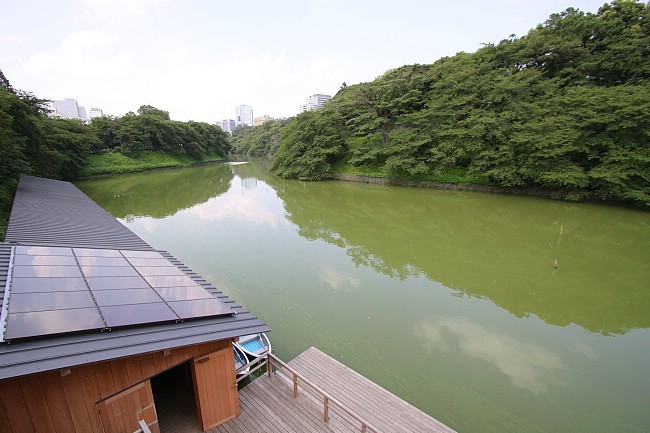

Crossing the Kitahanebashi Bridge, I arrived at the Imperial Palace East Gardens, my final destination for the day. The gardens are a part of the inner palace area and are open to the public on most days. They are the former site of Edo Castle's innermost circles of defense, the honmaru ("main circle") and ninomaru ("secondary circle").
While the Tokyo Skytree is the tallest structure in Japan now, about 400 years ago this distinction went to the main keep of the Edo Castle. Today, neither the main keep nor other main buildings remain, but the walls, entrance gates, and a few guardhouses and turrets still exist. The tallest extant structure of the castle is the Fujimi Yagura Turret, which functioned as the donjon when the main keep was lost to fire in 1657. This was from where views of Mount Fuji could be seen, which is how the turret got its name.
I took a relaxing stroll around the garden to wind down before calling it a day. Along the way, I spotted many foreign tourists happily taking photographs at several nice picture spots.
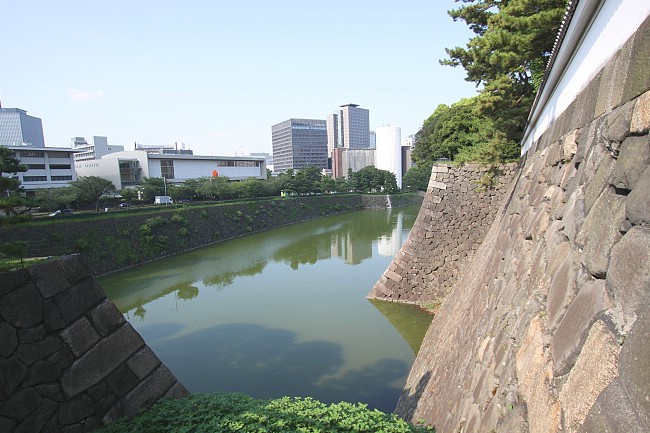
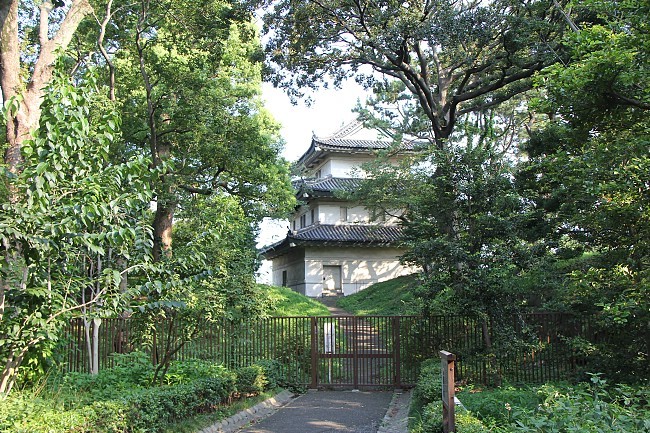
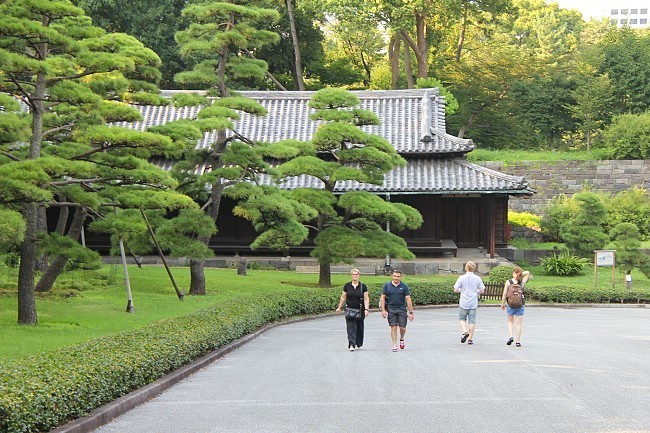
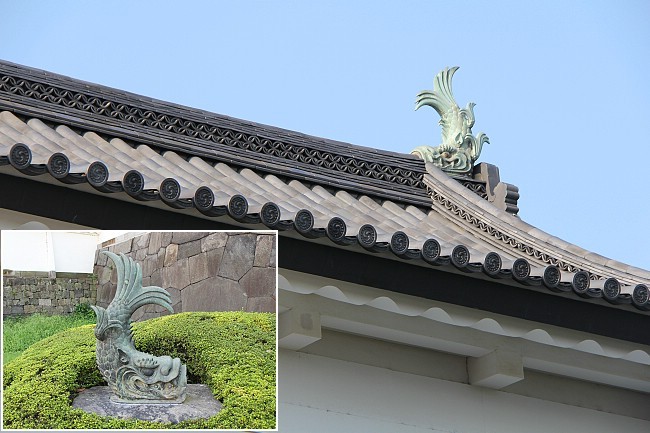
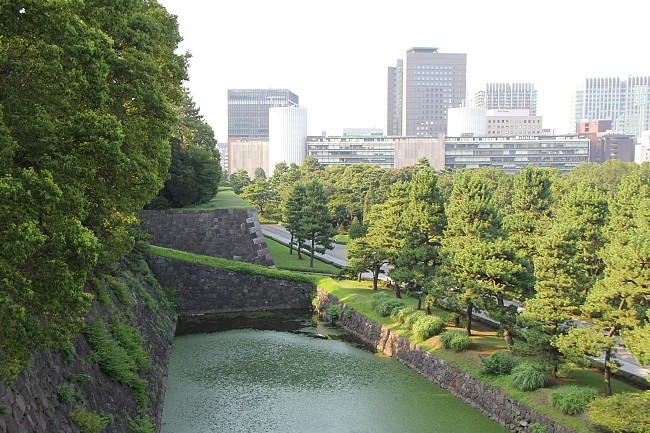
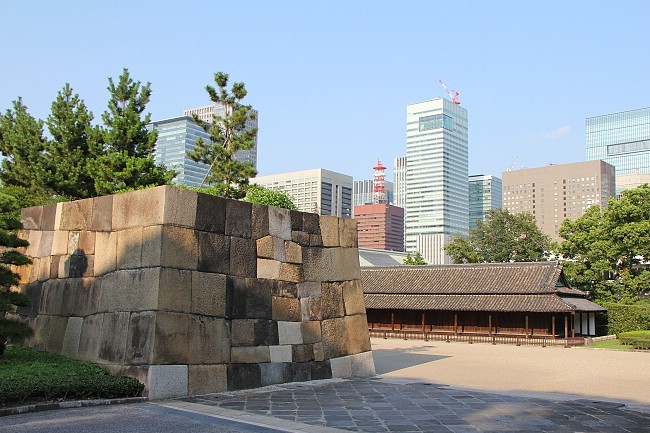
| previous post |
| next post |